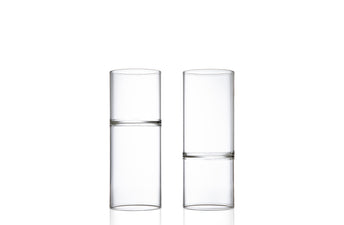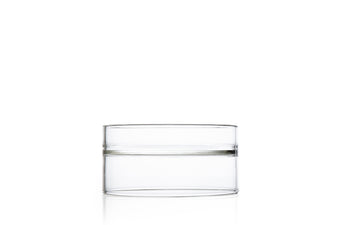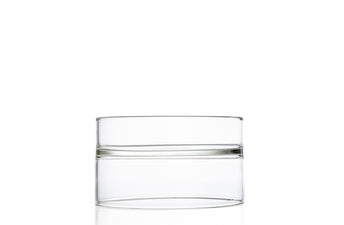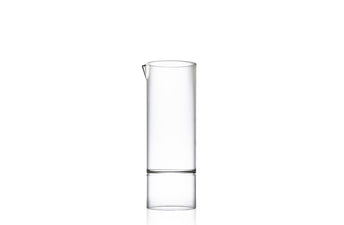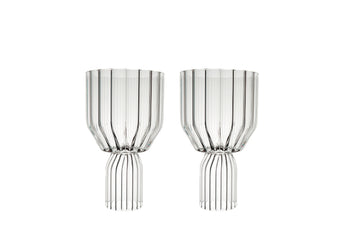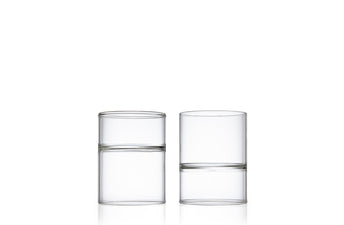Space is proud to present fferrone STILL NOW.
The Dinner installation which was first presented at Milan Furniture Fair 2023 is now on display in Melbourne with a gallery display in Sydney, Brisbane and Singapore showrooms.
An installation between art and design where past and present merge. Set against a theatrical, monochrome ultramarine background, visitors will discover the brand’s collections through a striking installation and series of contemporary still life photographs Ultramarinus: Memories of the future that recall the tradition of the 1600s.
f f e r r o n e
STILL NOW.
The Dinner
Felicia Ferrone, founder and creative director of the brand fferrone, created STILL NOW. The Dinner to experience a feast for the eyes, igniting the imagination through a conceptual and aesthetic experience, where creative languages reinterpret time as past and present merge.
Felicia Ferrone’s iconic glassware collections within an imaginative interpretation of a dinner where inspirations from Renaissance banquets, still life paintings of the 1600s, and contemporary art references come together to explore themes of memory, emotion, and sustainability.
STILL NOW. The Dinner unfolds in a monochromatic installation where everyday objects, enveloped in the iconic ultramarine hue, are distilled down to the essence of their form. Ferrone's glassware creations, contemporary in design, often characterized by some as reminiscent of the past and to others seen as futuristic, emerge from the monochromatic landscape in dialogue, proposing new ways of being through recontextualization and contemporization.

These objects from the early part of the 20th century - found in flea markets and second-hand shops - capture what the designer refers to as ‘Neo-Grannyism’ as an exploration of memory, form, and revalorization to emphasize how good design is a value that transcends obsolescence and our throwaway culture.
Ferrone illustrates how good design can rise above trends, extend the life of an object and give us a new perspective on sustainability while establishing more meaningful connections to our past and present. This reflection on the assemblage of the objects collected inspired the designer to study still life paintings from the 1600s, which historically depicted glassware, vessels, and other everyday objects.
From this historical study, a collaboration between photographer Jonathan Allen and designer Felicia Ferrone gave life to Ultramarinus: Memories of the future, a series of contemporary still life photographs. These ethereal images highlight the formal qualities of the glassware set off by the monochromatic forms of the everyday objects, inviting us to look at objects differently, through a narrative of beauty and form, reiterating the value of timeless design that translates into a more conscious use and valorization of the objects that surround us.
Ultramarinus, beyond the sea
The photographic series takes its name from the Latin word ultramarinus, meaning 'beyond the sea' as the intense blue pigment derived from the powder of ground lapis lazuli was imported to Europe by Italian traders during the 14th and 15th centuries from what is now known as Afghanistan.
Since 2001, Ferrone’s research-based practice has proposed that well-designed, functional everyday objects are an important connective tissue of our identity, memory, and to each other. Much of her work is designed for the dining table, a symbolic place for sharing, celebration of food and drink, and the conviviality it offers.
Ferrone reminds us that our everyday objects have latent potential for sustainability, utility, and memory waiting to be reawakened, illustrating how the power of design can make more meaningful connections to the past, present, and hope for the future.
From Revolution, the glassware collection that seems to defy gravity, suggesting a new measure of use when turned upside down, to the Boyd Collection, inspired by brutalist architecture, a common thread that runs throughout the complete repertoire of designs by fferrone is the use of innovative and artisanal techniques and wonder of form which transforms each piece into a work of art for everyday use.








